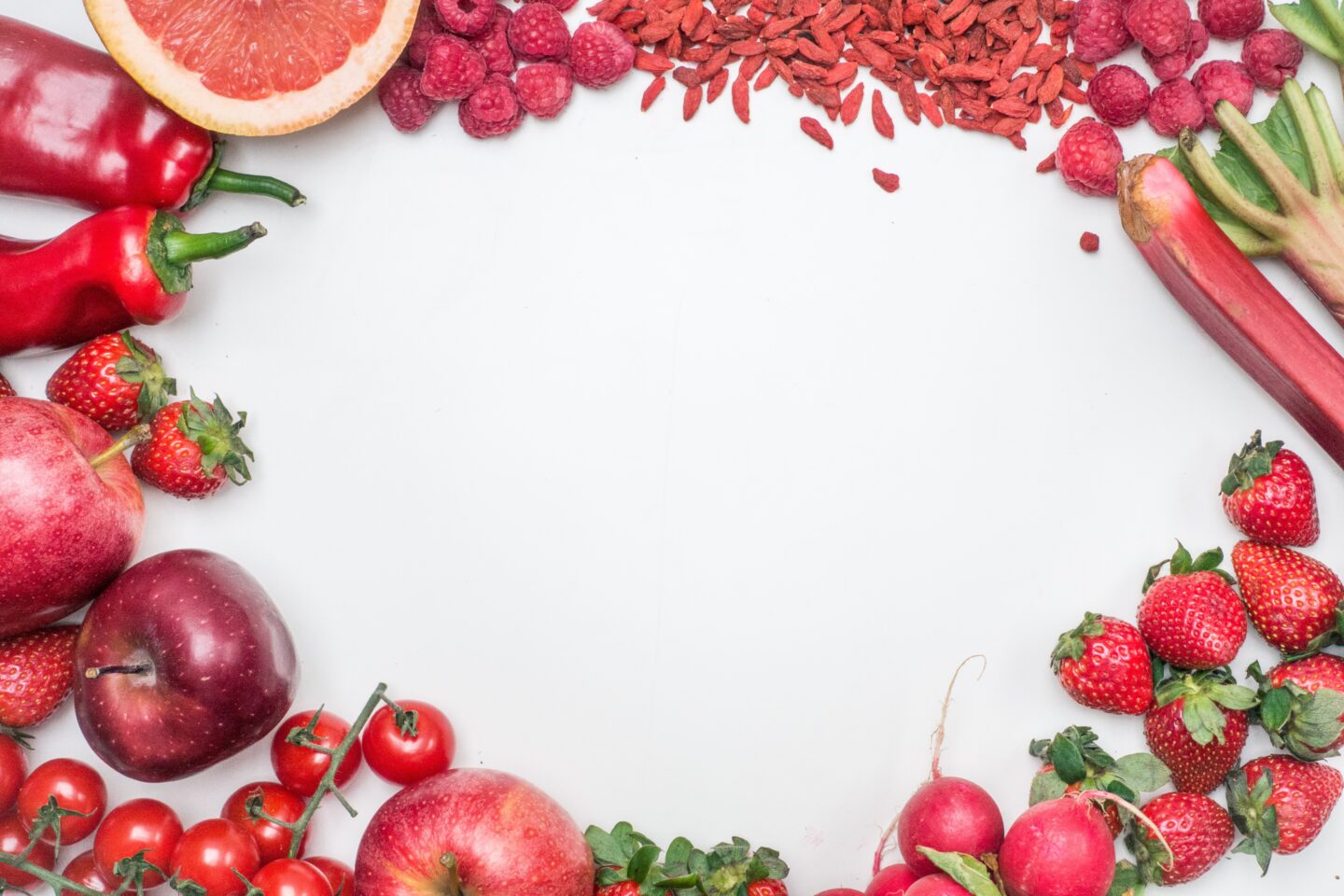
Eating a variety of fruits and vegetables is a cornerstone of a healthy diet, providing essential vitamins, minerals, and fibre. Do you ever ask yourself how much fruit and veg you should be eating or if are you eating enough? In today’s blog post, we’ll delve into the recommended guidelines and practical tips and explore the extensive benefits of incorporating more fruit and veg into your daily meals.
As always, before undertaking any kind of diet change, it is always best to consult with a medical professional who is best advised to assist you with your individual health needs.
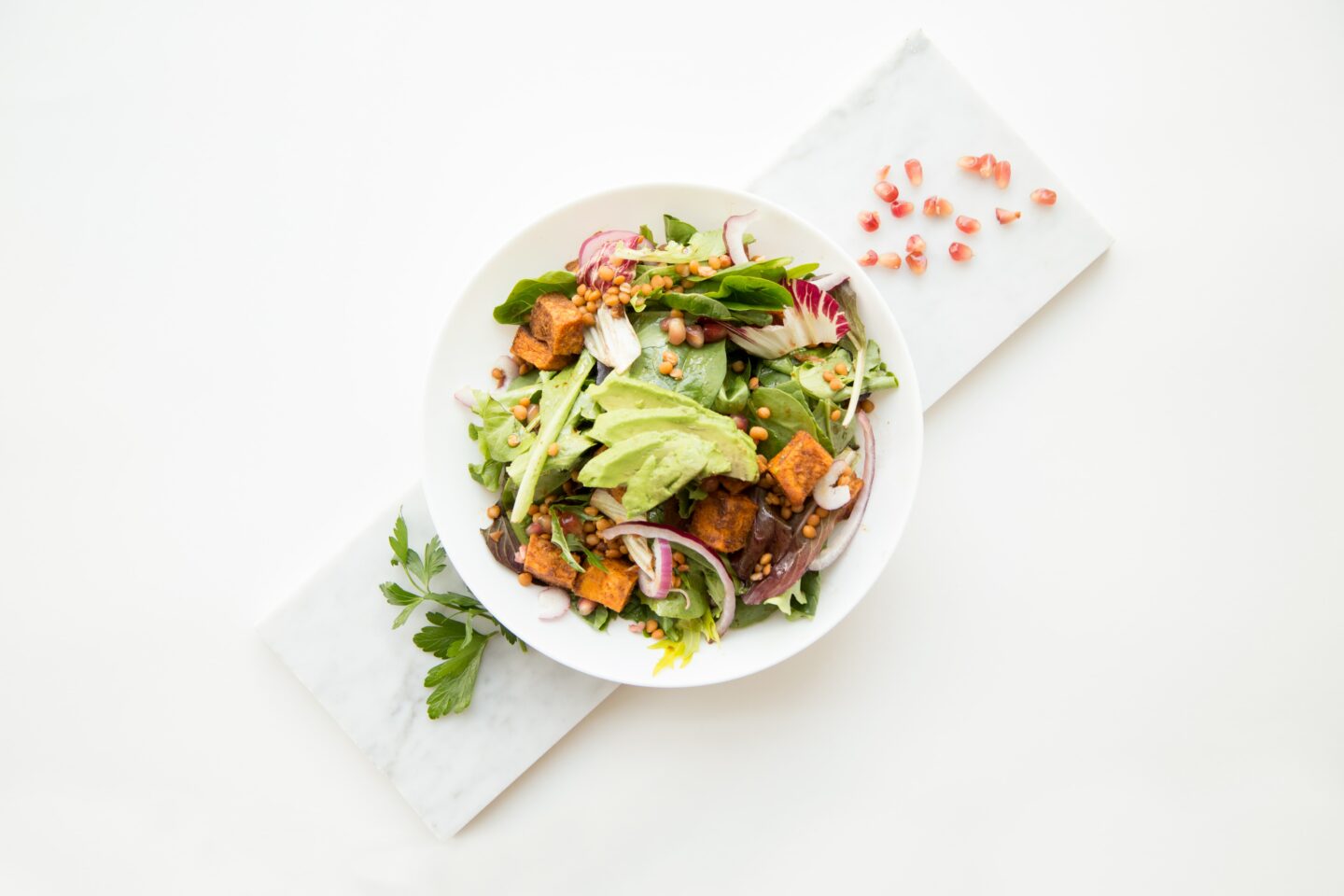
Understanding the Importance of Fruit and Veg
Why are They Important?
Fruits and vegetables are nutritional powerhouses, offering a myriad of health benefits. They are rich in essential vitamins and antioxidants and high in fibre, contributing to overall well-being and reducing the risk of chronic diseases. The vitamins and minerals found in fruits and vegetables play key roles in supporting immune function, maintaining healthy skin, and promoting optimal organ function.
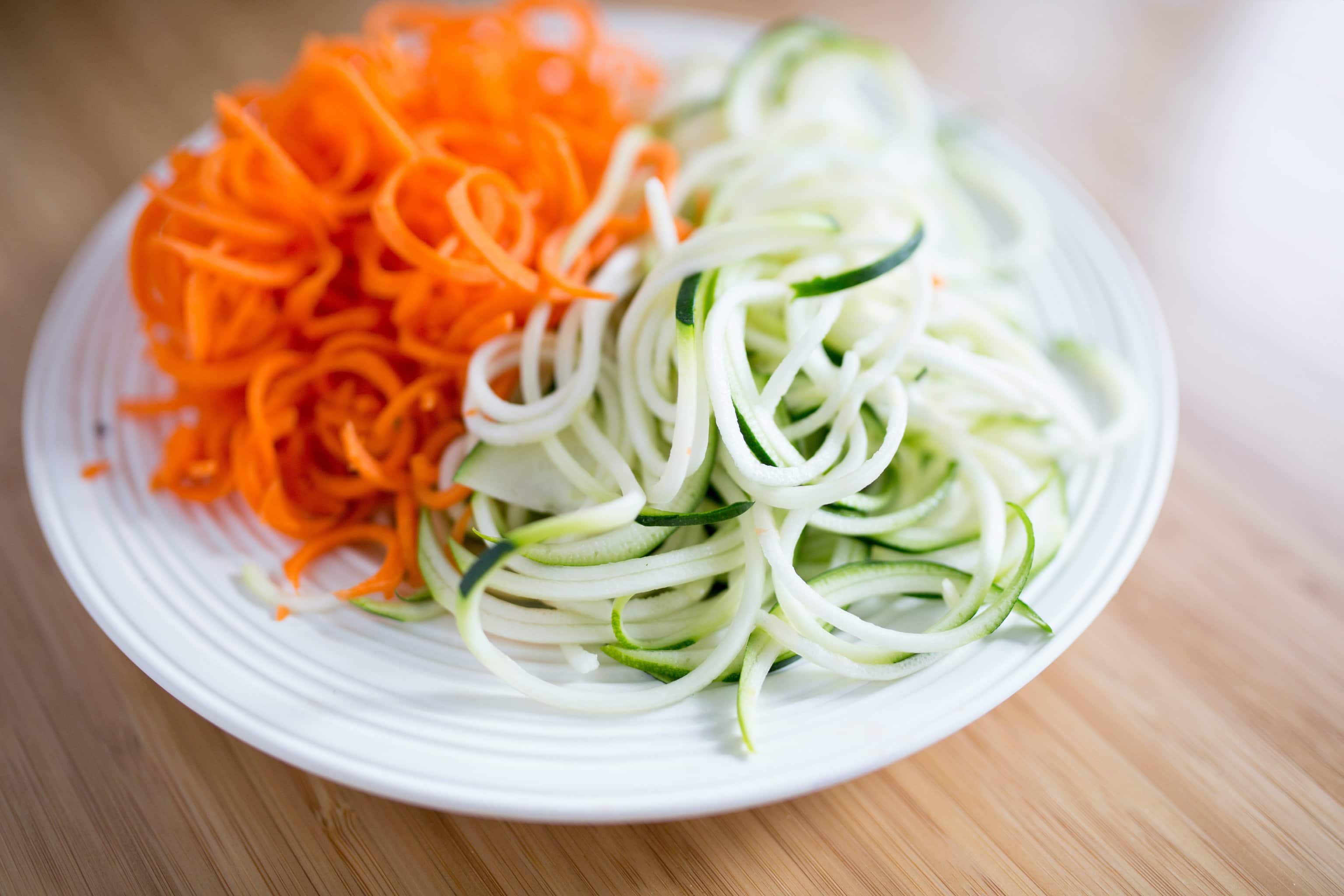
Recommended Daily Intake
What Do Experts Say?
According to dietary guidelines, adults should aim for at least five portions of fruit and veg each day. A portion typically equates to about 80 grams, roughly the size of a medium apple or a handful of cherry tomatoes. However, more is often better, and exceeding this minimum can further enhance health outcomes. Think of the five portions as a minimum rather than a target.
Related post: Weight Loss Plateaus; My Weight Loss Has Plateaued
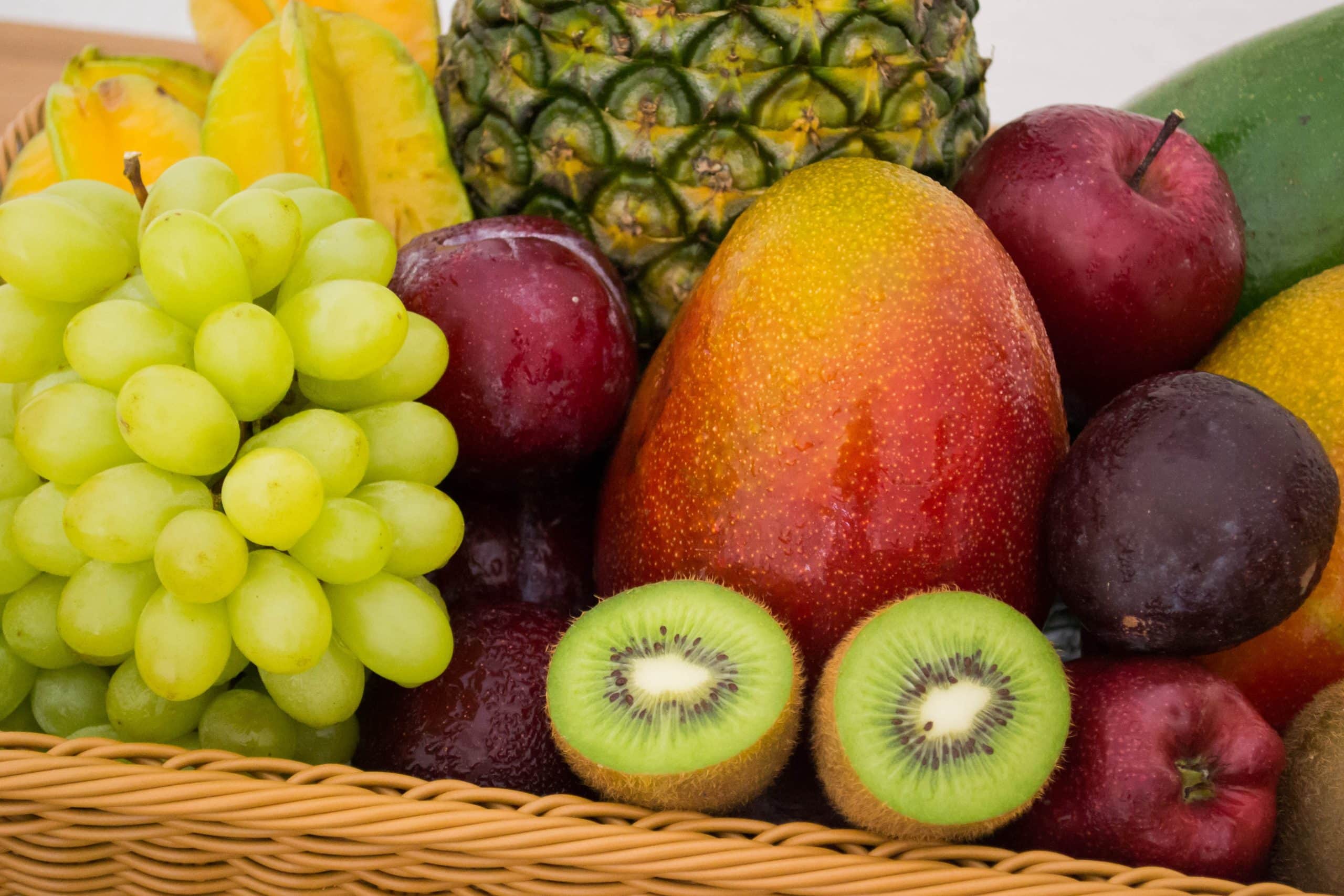
Balancing Fruit and Veg Intake
1. Aim for Colourful Variety
Different colours in fruit and veg indicate diverse nutrient profiles. Incorporate a variety of different colours into your meals to ensure you’re receiving a broad spectrum of vitamins and minerals. For example, dark green leafy vegetables are rich in iron and calcium, while orange and yellow fruits and vegetables provide beta-carotene, a precursor to vitamin A.

2. Mix Fresh and Frozen
Fresh produce is fantastic, but frozen options can be just as nutritious. They are often more convenient and have a longer shelf life, making it easier to maintain a consistent intake. Freezing fruits and vegetables at their peak ripeness preserves their nutritional value. If you go strawberry picking and end up with an abundance, freezing as soon as you get home can make for a tasty treat that’s on hand all year round!
Related Post: Delicious and Healthy Pasta Alternatives for Calorie-Conscious Foodies
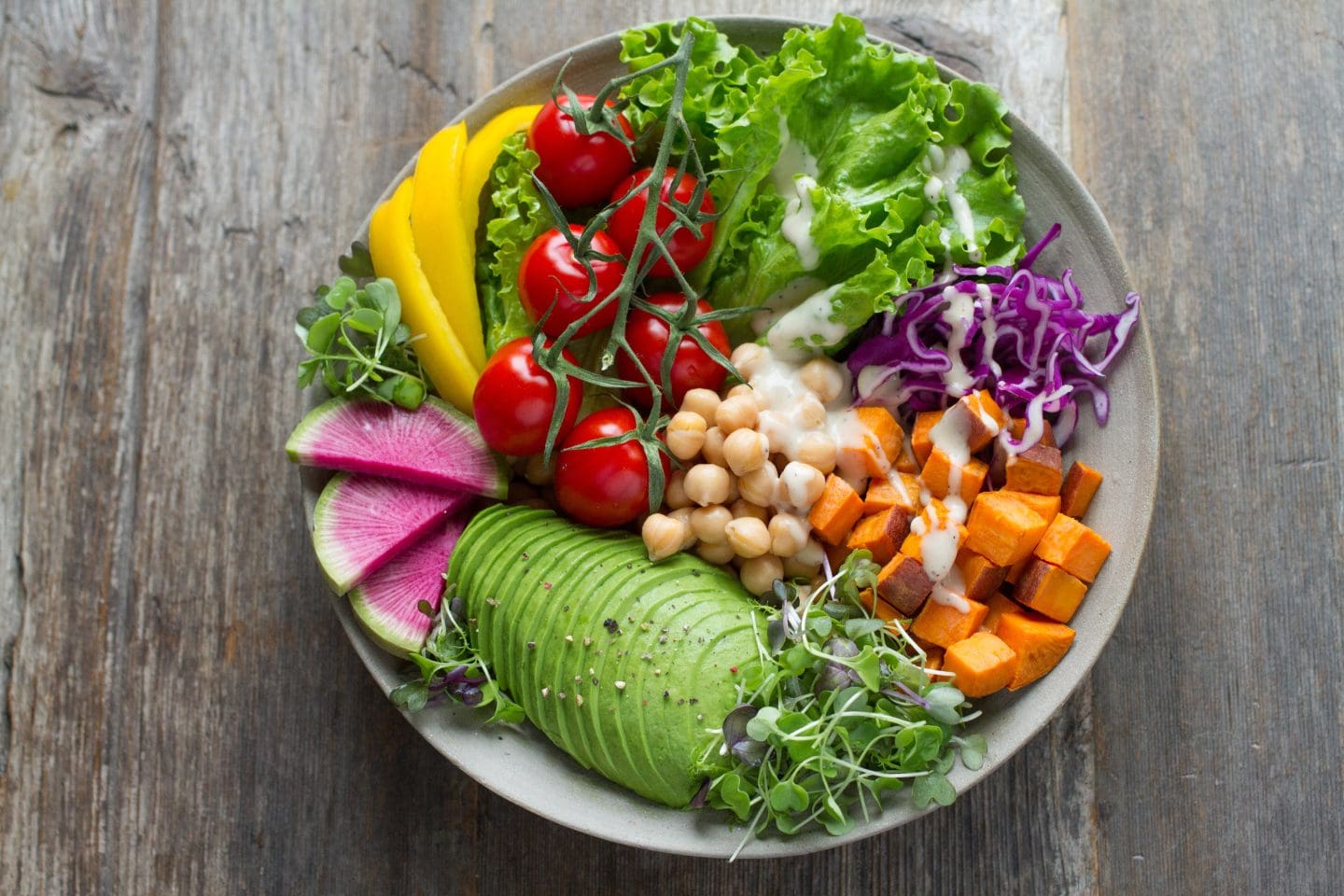
3. Consider the 50/50 Plate Rule
A simple way to ensure a balanced intake is to fill half your plate with fruits and vegetables. Whether it’s a vibrant salad, a side of steamed broccoli, or a fruit salad for dessert, this rule helps you visualise and achieve a well-balanced meal. This is one of the principles behind the eating plan Slimming World. On their plan, they encourage a third of the plate to be fruit and veg content – particularly what they refer to as speed food!
The Extensive Benefits of Consuming More Fruit and Veg
1. Improved Heart Health
A diet rich in fruits and veg has been linked to a lower risk of heart disease. The fibre, potassium, and antioxidants found in these foods contribute to lower blood pressure, reduced cholesterol levels, and overall cardiovascular health.
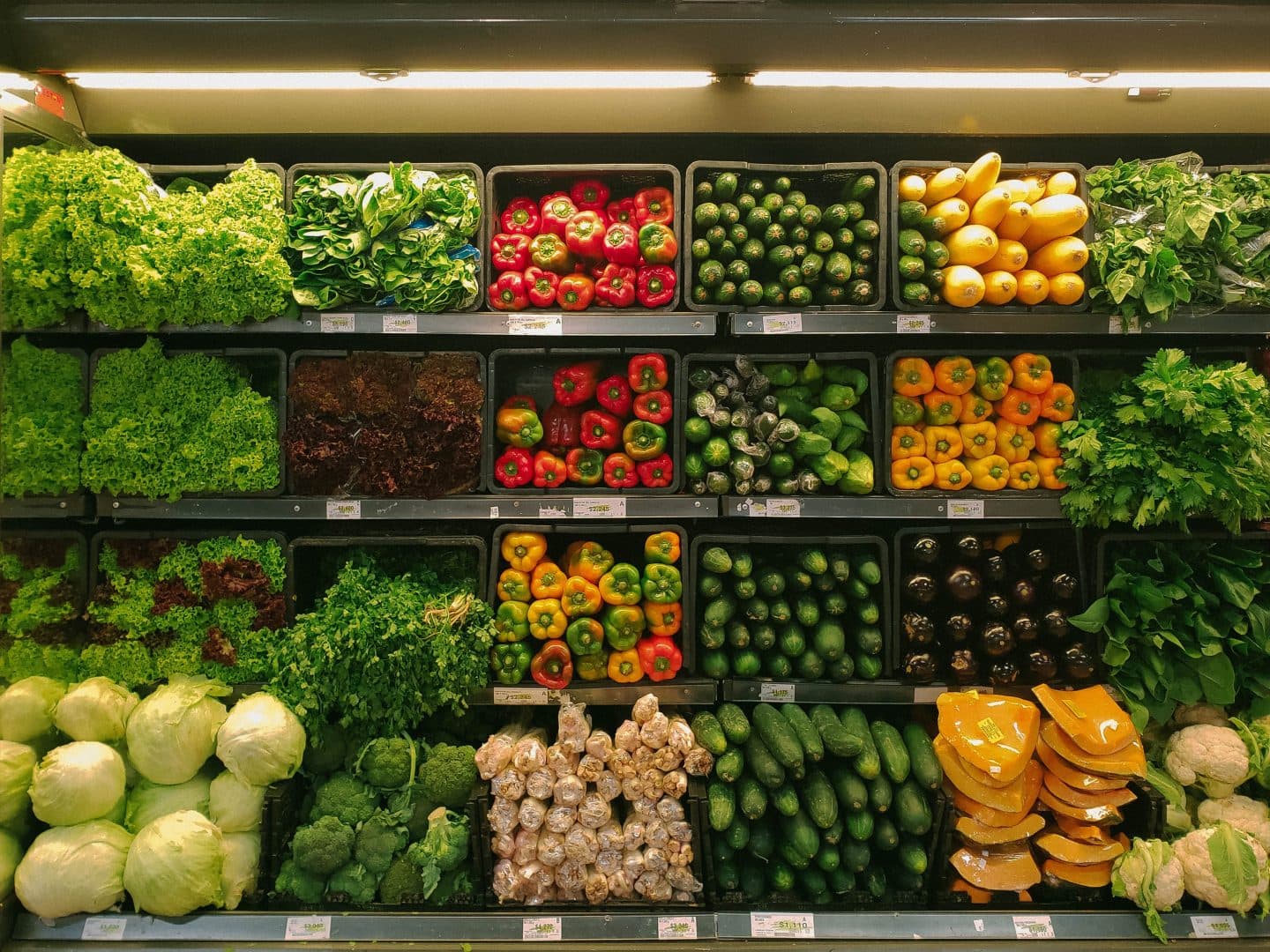
2. Enhanced Digestive Health
The fibre content in fruits and vegetables is crucial for maintaining a healthy digestive system. It promotes regular bowel movements, prevents constipation, and supports the growth of beneficial gut bacteria.
3. Weight Management and Satiation
Fruit and veg are naturally low in calories and high in fibre, making them excellent choices for weight management. The fibre content contributes to feelings of satiety, reducing the likelihood of overeating.
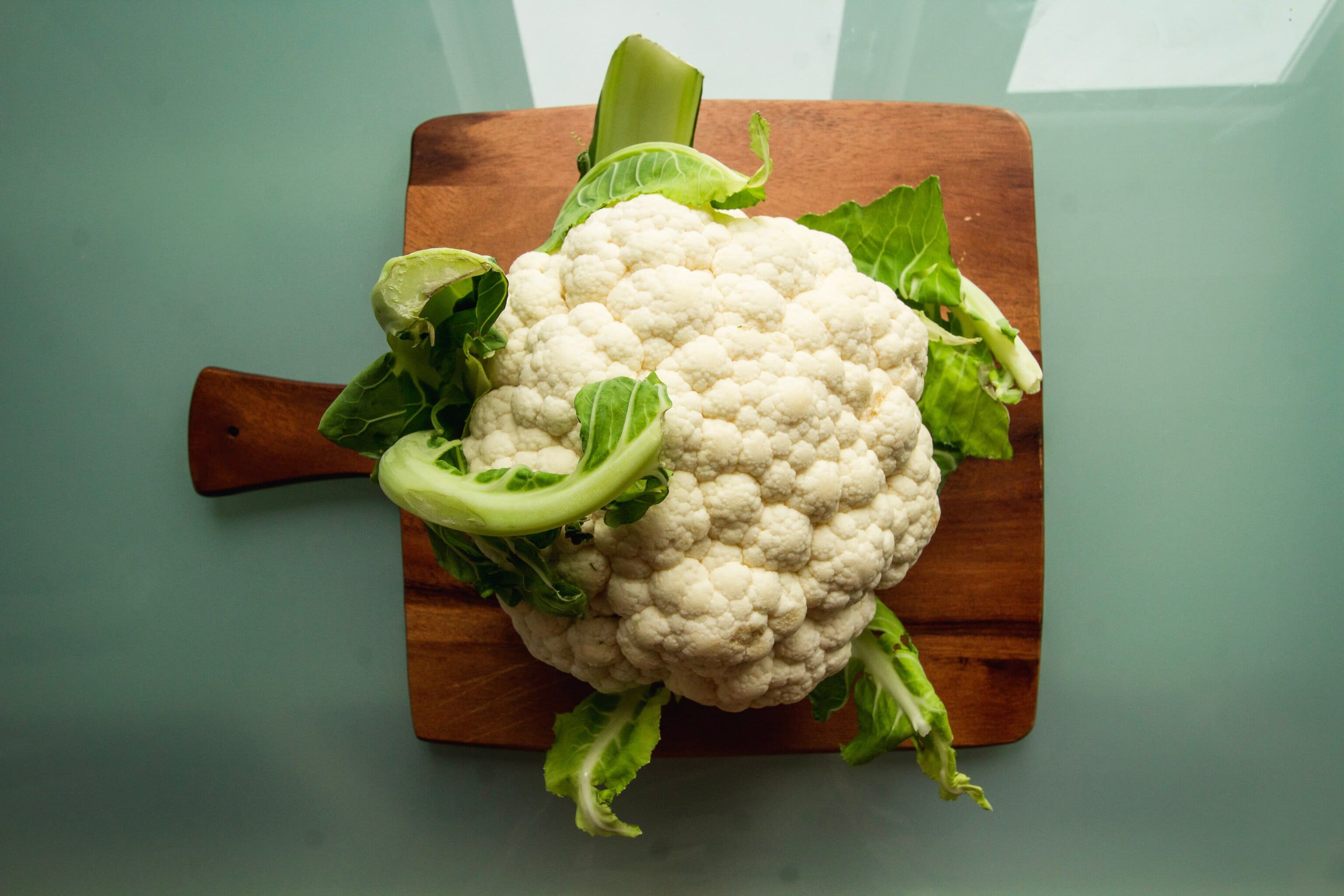
4. Reduced Risk of Chronic Diseases
A diet abundant in fruits and vegetables is associated with a lower risk of various chronic diseases, including certain types of cancer, diabetes, and neurodegenerative disorders. The antioxidants in these foods help combat oxidative stress and inflammation.
5. Skin Health and Aging
The vitamins and antioxidants in fruits and vegetables play a crucial role in maintaining healthy skin. They protect against sun damage, contribute to collagen production, and can help delay the signs of ageing – who doesn’t want that?
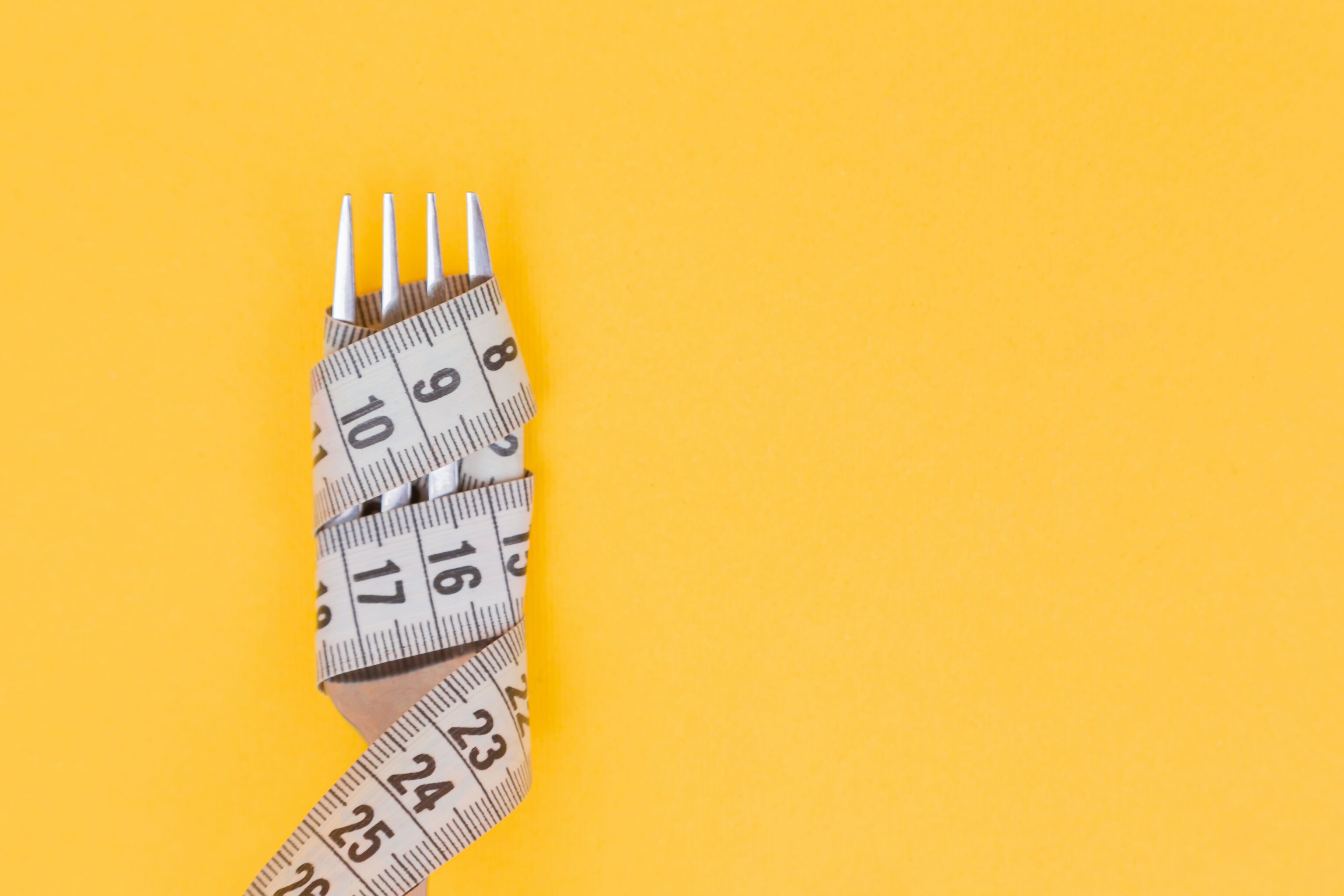
6. Boosted Immune System
The vitamins and minerals found in fruits and vegetables, such as vitamin C, vitamin A, and zinc, play vital roles in supporting immune function. Regular consumption can strengthen the immune system and help the body fight off infections.
7. Increased Energy Levels
The natural sugars found in fruits, combined with their fibre content, provide a sustained release of energy. This can contribute to improved energy levels and reduced feelings of fatigue.
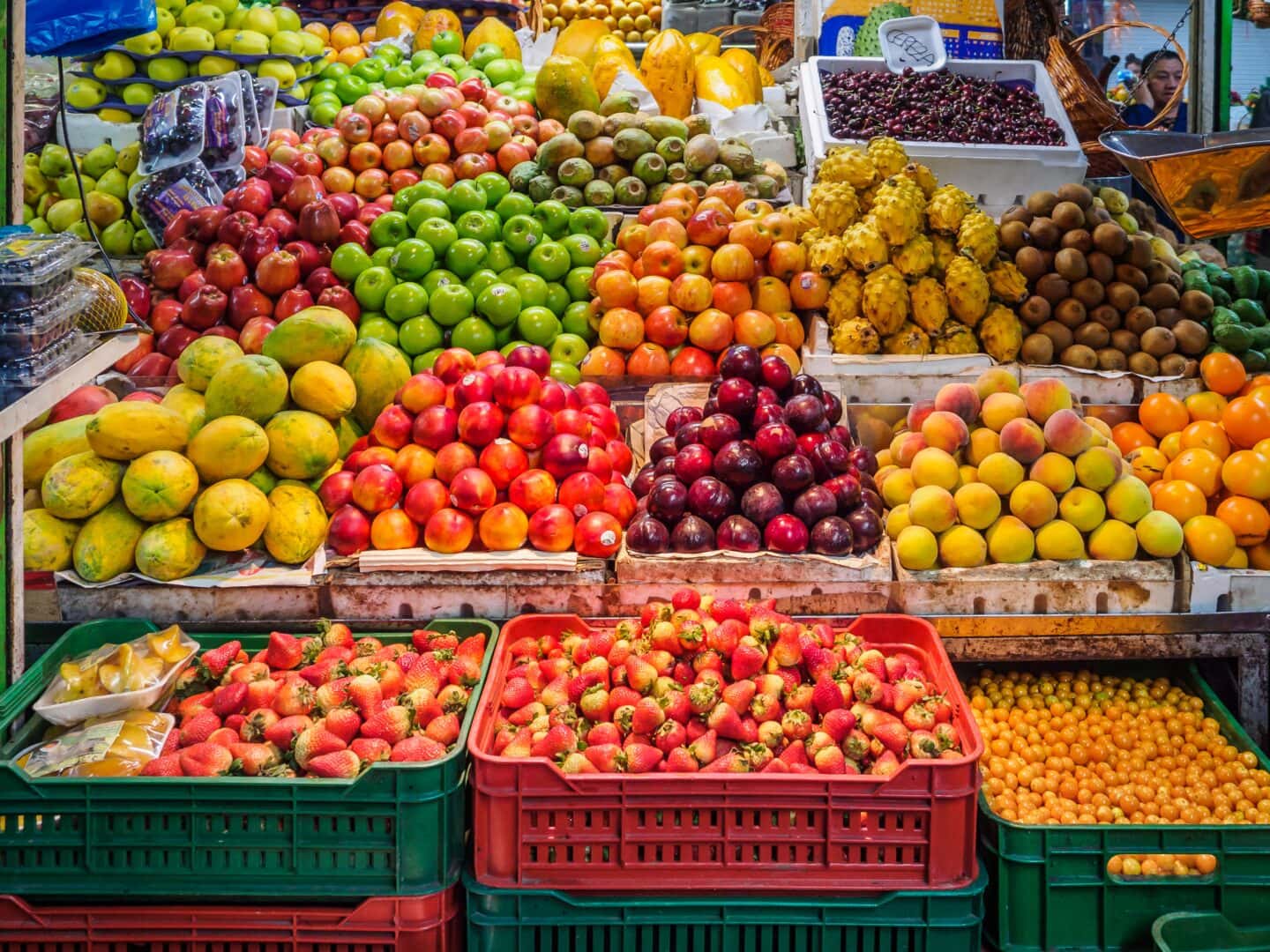
Tailoring to Your Lifestyle
1. Snack Smartly
Replace processed snacks with fresh fruit or veg options. Keep cut-up veggies or a piece of fruit on hand for a quick and nutritious snack. Make sure you always have your favourites on hand for easy-to-reach choices.
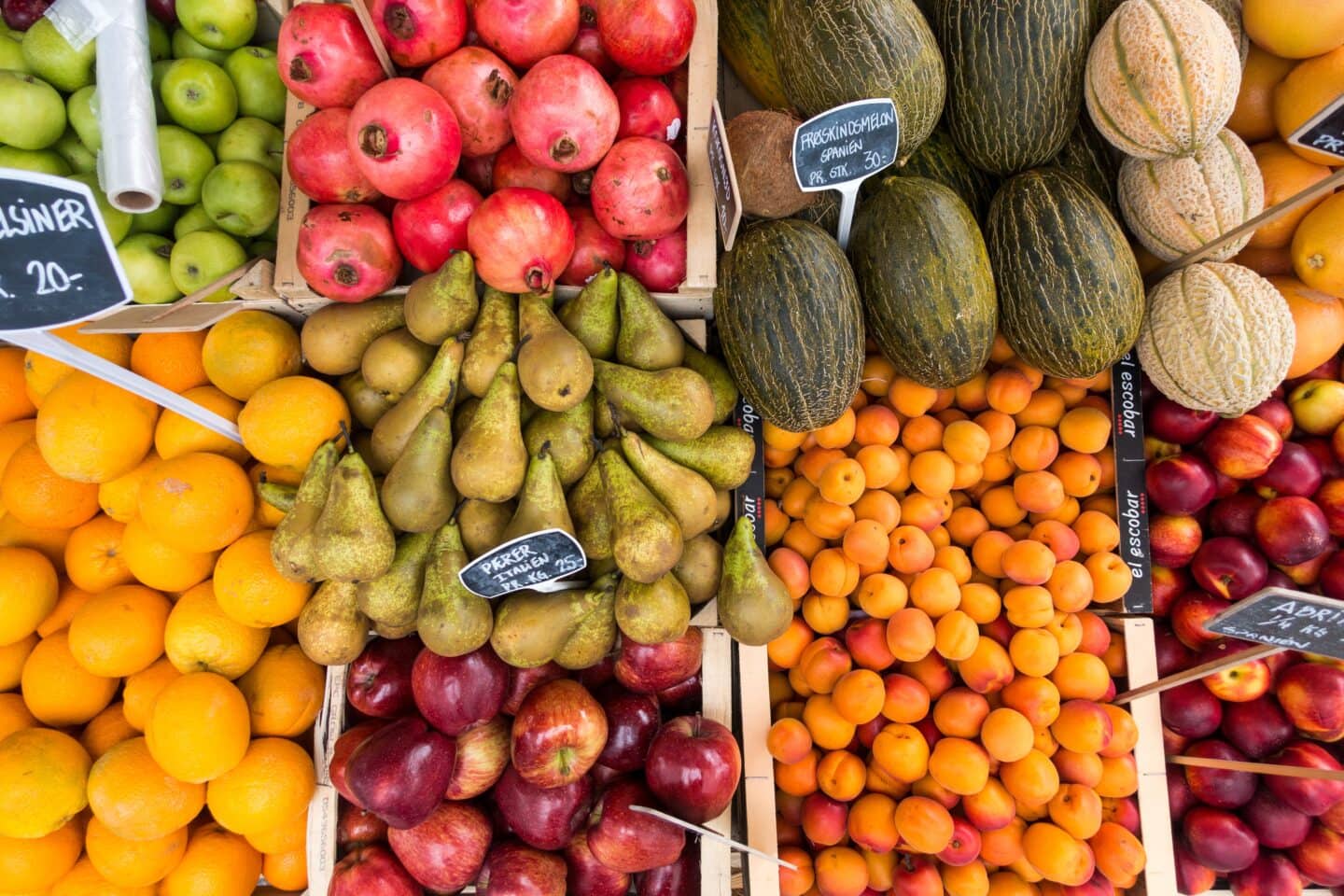
2. Experiment with Cooking Methods
Explore different cooking methods to add variety to your meals. Whether it’s roasting, grilling, steaming, or enjoying them raw, find what suits your taste and preferences. Experiment with spices and flavourings to add a different side or angle to food. You don’t have to eat everything plain, and variety helps keep you interested.
Related Post: How To Motivate Yourself
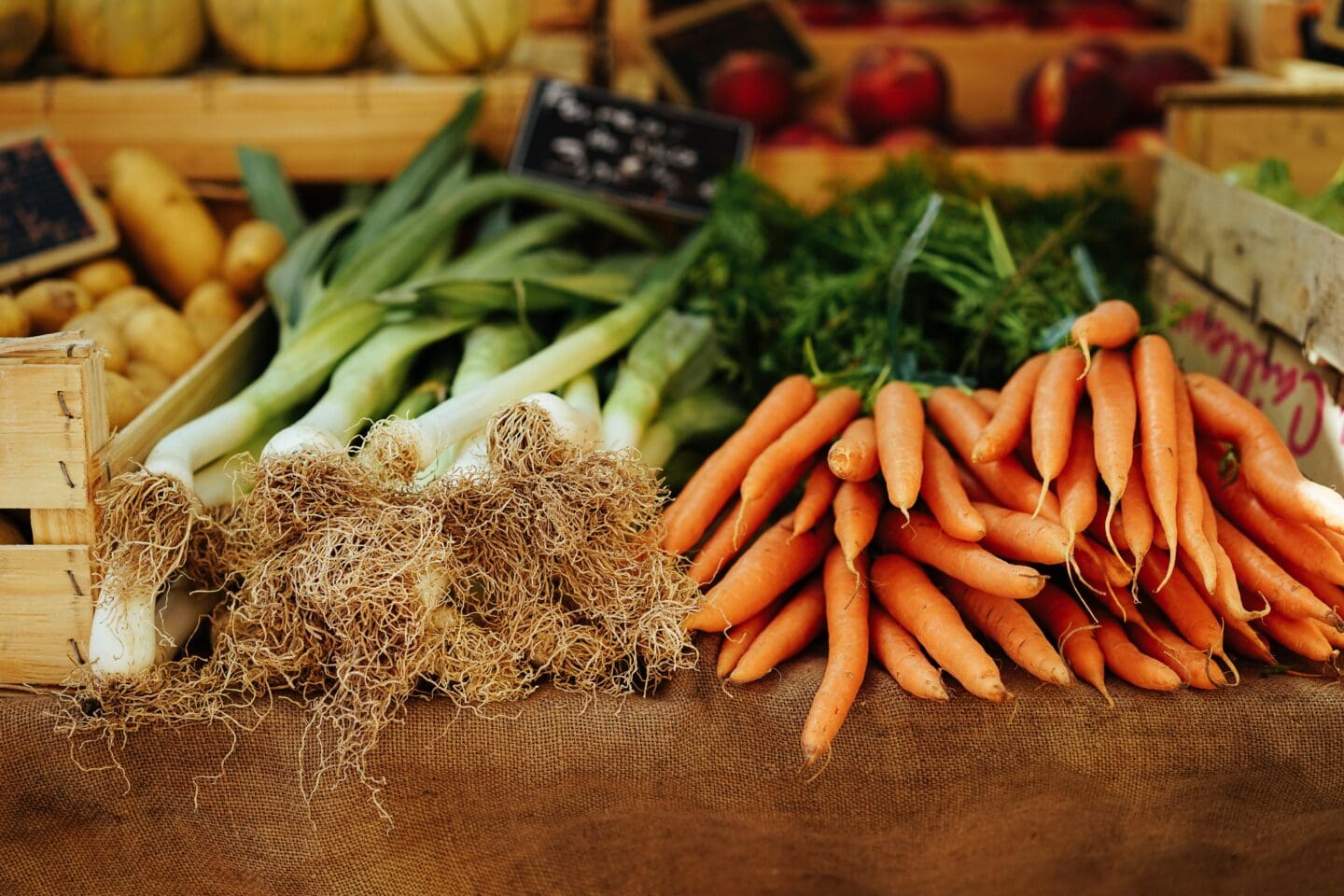
Special Considerations
1. Individual Needs
Individuals with specific health conditions or dietary restrictions may need to tailor their fruit and veg intake accordingly. Consulting with a healthcare professional or a registered dietitian can provide personalised guidance.
2. Quality Matters
Opt for organic or locally sourced produce when possible. While not always feasible, choosing high-quality fruits and veg can enhance both the flavour and nutritional content of your meals. Choosing the best quality you can afford is the best approach. Don’t feel inclined to overstretch your budget if the means don’t permit you to do so.
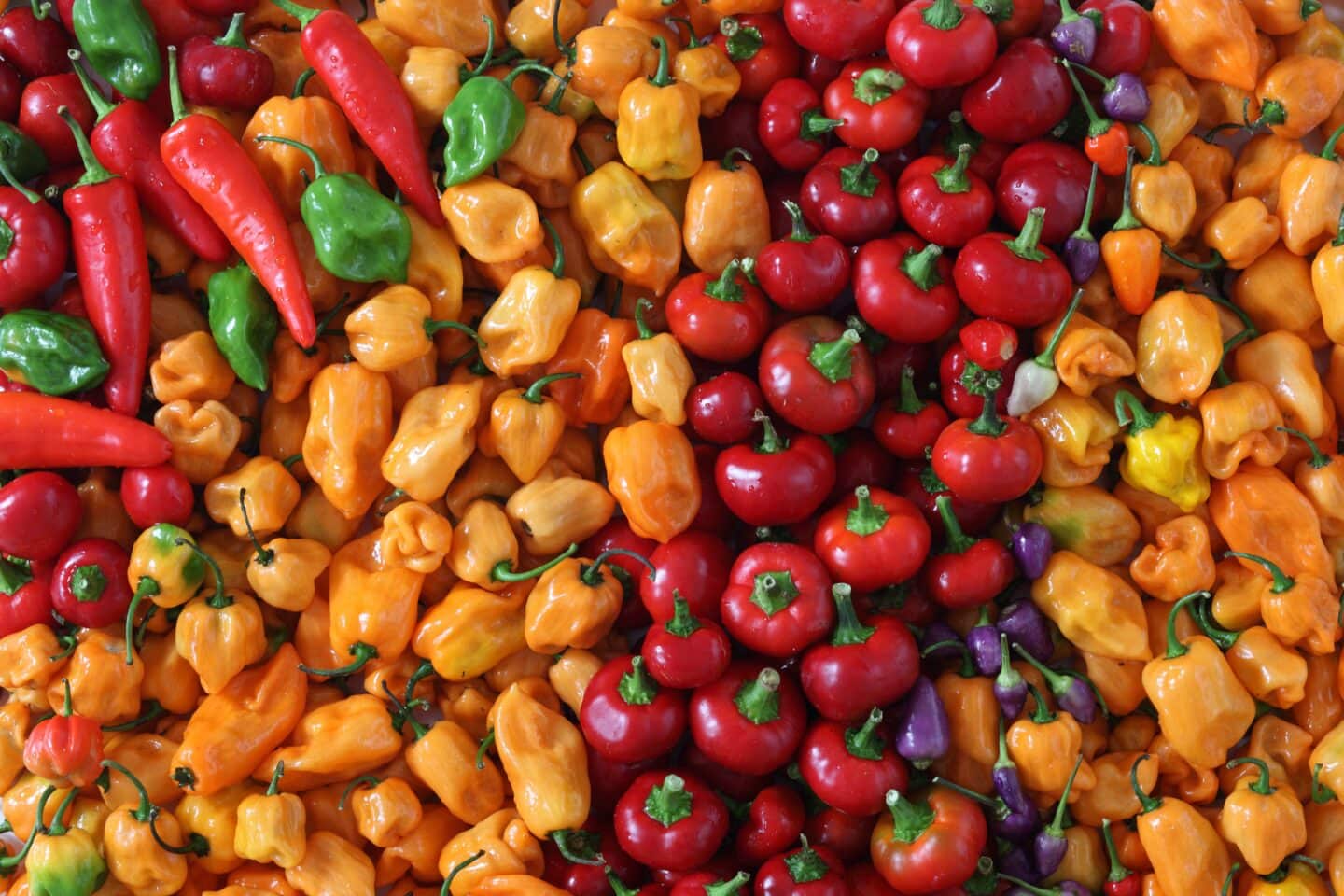
Conclusion: Striving for a Well-Balanced Plate
There’s no one-size-fits-all answer to the question of how much fruit and veg you should be eating. It’s about finding a balance that works for you, considering your lifestyle, preferences, and individual health needs. The more you can incorporate into your diet, the better, but try to aim for a minimum of five portions a day if you can.
If you want further support and company on your weight loss journey, join my free Facebook Group here. Oh, and if you have found this website and articles useful and you’d like to know how you can say thank you, then I am always appreciative of receiving a virtual coffee here.
Thank you for stopping by! Check out my last post here.
Love as always!

 More From Me
More From Me
Want to find out more about me? Head over to this page. If you like reading posts like this, then you might want to follow me over on Bloglovin. Don’t forget you can find me on Instagram, Facebook, Twitter & YouTube.
As always, my words, views and opinions are honest and my own. Links marked with “*” are affiliate links. This does not cost you anything additional, but it may mean I earn a small percentage from any sales. For more information about any of this, please head over to this page.
